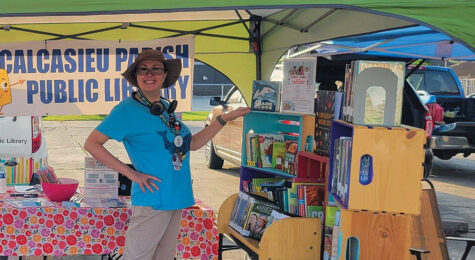Lafayette Parish Bicentennial Celebrates 200 Years of History, Culture
As the heart of Acadiana, Lafayette is the epicenter of the French, Spanish, African and Caribbean influences that melded together to create a rich melting pot of Cajun and Creole cultures.
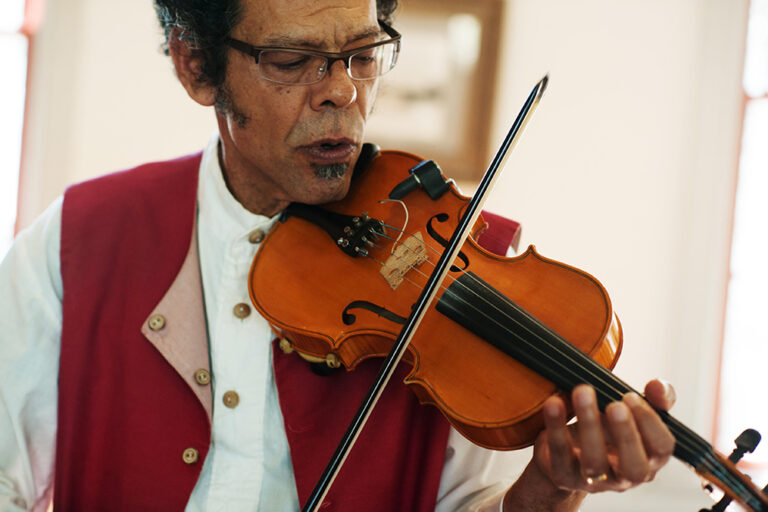
Tucked away in the heart of South Louisiana, Lafayette Parish is a uniquely vibrant community boasting a melting pot of cultures. With 2023 marking its bicentennial, we’re taking a look at this area’s rich history and how it continues to shape the parish’s culture — both in the present and beyond.
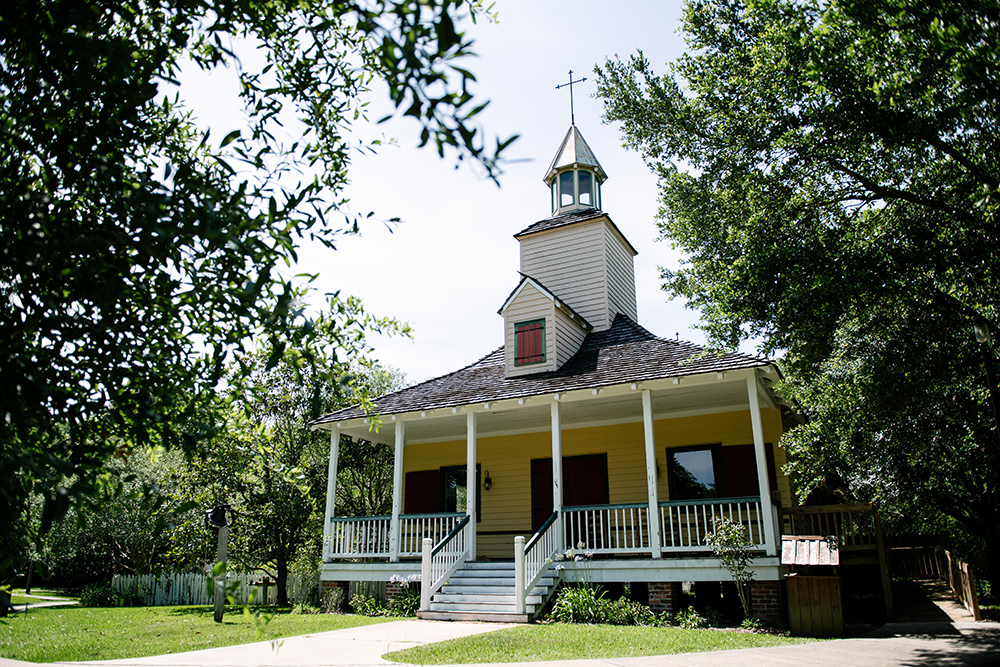
In This Article
A History of Lafayette Parish
Take a stroll around downtown Lafayette and you’re sure to hear a shop owner greet you in French or a neighbor asking you how you are with a “comment ça va?” Lafayette Parish’s French language roots date back to 1755, when it welcomed 18,000 Acadian refugees from Canada after Great Britain took over their land. The Acadians and the area’s dwelling population of Spanish, African and French settlers came together to form the Cajun and Creole cultures the area is known and loved for today.
The colonists settled along the Vermilion River, and in the 1820s the town was dubbed Vermilionville. The parish (county) was officially formed in 1823 and named after the Marquis de Lafayette, a hero of the American and French Revolutions, and later the name of the parish seat was changed to Lafayette as well.
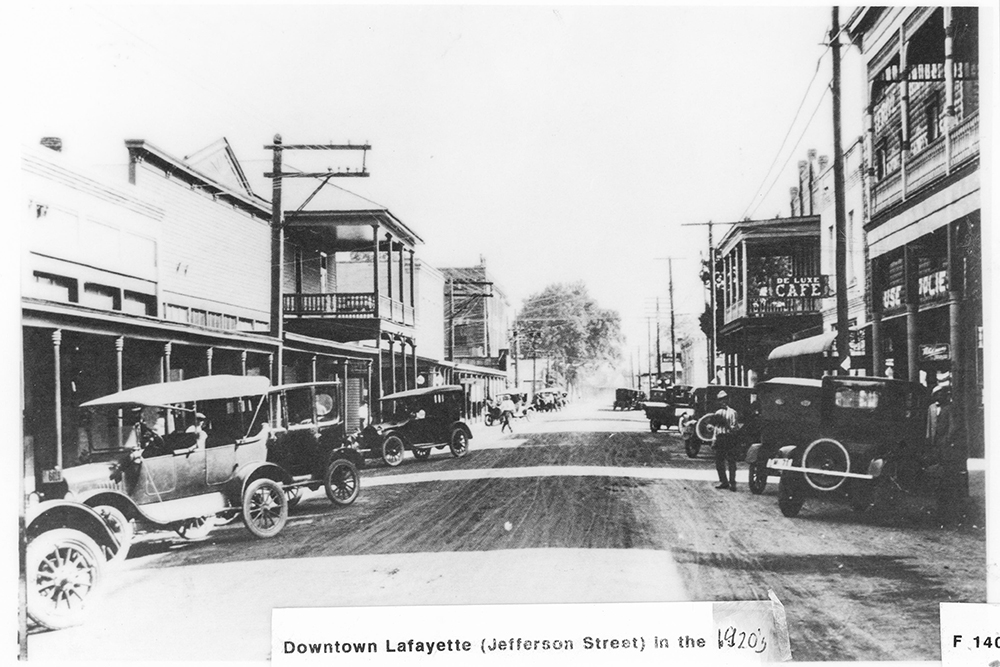
Lafayette quickly rose as the area’s hub for business and trade thanks to its central location and railroad stop. This designation as “Hub City” has only been strengthened as the years passed, and in the 1950s, the city became a crossroads for two major interstates. Meanwhile, people from Texas and Oklahoma were flocking to the parish as oil was being discovered in the Gulf.
“In many ways, we still are [the Hub City],” said Lafayette architect and local historian Lynn Guidry. “People come to Lafayette from all the adjacent towns to shop, go to school, for cultural events — we are the center of the Acadiana region.”
In 1977, the parish began hosting the world’s biggest Cajun and zydeco music festival, Festivals Acadiens et Créoles, a festival that is still being held every October. Ten years later, the first Festival International de Louisiane was held. It continues today as well, and it has become the largest international music festival in the world, drawing in people from all across the globe.
A Culture That Lives On
Guidry remembers the migration from Texas and Oklahoma and how it led to a culture that is constantly changing, yet still very much honors and embraces its origins.
“Because of Lafayette’s proximity to the Gulf, its population doubled and then tripled over about a 40-year period. We went from under 20,000 in the city of Lafayette to over 80,000. That brought a lot of people from Oklahoma and Texas and they were obviously not Cajun — and it changed our culture,” he said.
Guidry recalls embracing these new residents by indoctrinating them in Cajun ways, like eating boiled crawfish. Huge, celebratory crawfish boils every Friday came about to meet the needs of the area’s large Catholic presence who didn’t eat meat on Fridays. Now, it’s not uncommon to stumble upon a Friday crawfish boil with beer and music flowing — not so much out of necessity anymore, but because it’s tradition (and it’s delicious).
“I consider this a fun area in the sense that there’s good food, good music, and people like to have fun. People who came from Texas and Oklahoma — when it’s time to retire, they don’t go home. They have assimilated to our culture and they love it. Same thing with the students; if they can find a job, there are many who want to stay. That makes our culture that much richer,” Guidry told us.
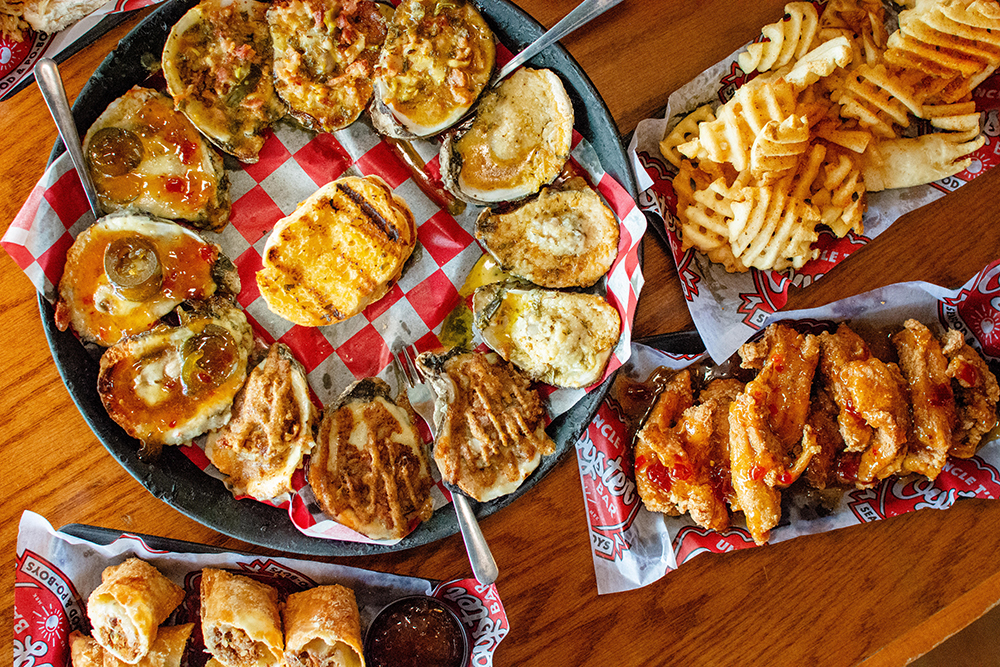
The area’s food scene is steeped in this type of traditional Cajun and Creole cuisine, and it’s a cuisine so unique you can’t find it anywhere else. Recipes are cherished and passed down from generation to generation. Food plays such a huge role in the parish’s culture that the city of Lafayette was awarded the title of “Best Food City in the USA” by USA Today.
As the home of Cajun and zydeco music, the parish’s musical influence extends all over the world. Many local artists have won Grammys, and people visit the Lafayette area specifically to hear the lively sounds of the accordion, fiddle and triangle often found in these genres. Live music spills out onto the streets on any day of the week, as evident by an impressive weekly live music calendar.
The Creole contributions to food and music have helped make Lafayette the rich cultural melting pot that it is today. “From stuffed turkey wings that Anthony Bourdain couldn’t resist to zydeco that won Clifton Chenier a Lifetime Achievement Award from the Grammys, Creoles have helped to stir the cultural gumbo that is Lafayette. They don’t have to go far to do the ‘Cupid Shuffle” because the artist that made the 5-million seller lives right down the street,” says Herman Fuselier, an internationally recognized journalist and radio host who is an expert in local food, music, culture, and Cajun and Creole people.
200 Years of Growth and Beyond
All of this growth has not come without its fair share of challenges, but the parish has met them in stride. Perhaps one of the biggest challenges has been the suffering of the oil business and how that affects the local economy.
However, Lafayette’s designation as “Hub City” has led to an impressive diversification of its industries. Now, industries like health care, logistics, hospitality and advanced manufacturing are seeing a surge in the area. Thanks to the city’s internationally ranked fiber network, quality higher education at the University of Louisiana at Lafayette, and impressive start-up resources, Lafayette has made a name for itself in the tech world.
And the growth isn’t stopping: The Lafayette Economic Development Authority recently launched a three-year plan to strengthen the parish’s economy, with a focus on health care, technology, and energy, among other industries. Big companies like Amazon have recognized the area’s vast potential and strategic location and have built distribution centers in the area. Large companies like CGI, Stuller Inc. — the largest jewelry maker in the U.S., and home healthcare leader LHC Group also call the parish home.
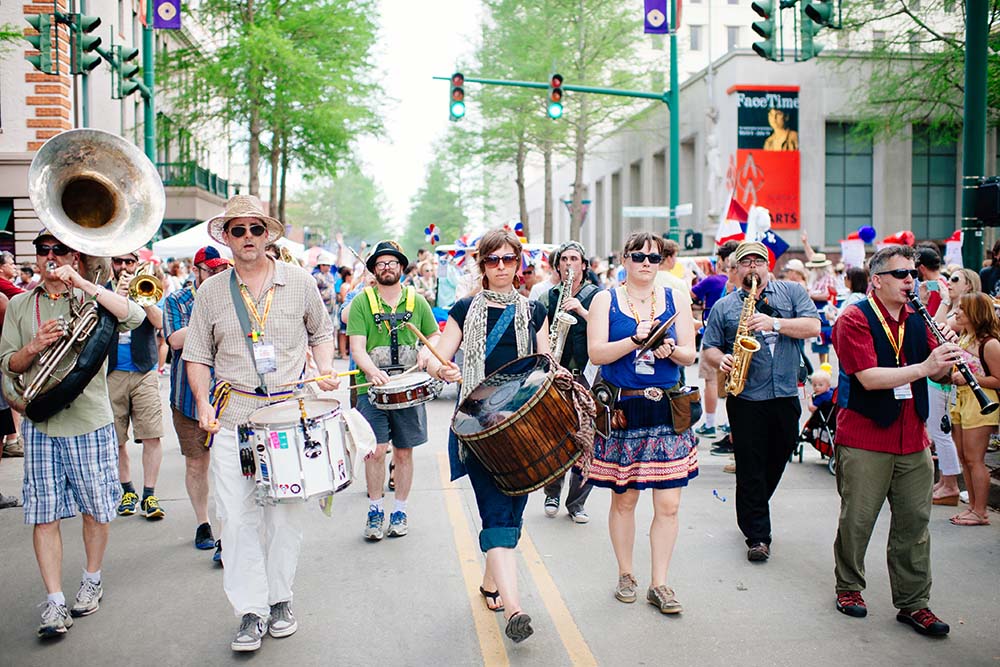
The Celebration
As Jesse Guidry, Vice President of Communications for Lafayette Travel, said, “Our history is living.”
Two hundred years of challenges, growth, change and unique culture is a lot to celebrate, and as per usual in Lafayette Parish, the celebration will be grand. The parish plans to host a whole calendar of events with at least one event per month. These events are aimed at honoring the area’s history while looking forward to how it will continue to be embraced in the future.
Some event highlights include Ossun Mardi Gras Bicentennial Courir in February, the Bicentennial Celebration of the Festival International de Louisiane in April, Acadian Culture Day on Aug. 13, Festivals Acadiens et Creoles Bicentennial Celebration in October, and December’s Christmas Through the Centuries.
This article was sponsored by Lafayette Convention & Visitors Commission, Lafayette Economic Development Authority and One Acadiana.


